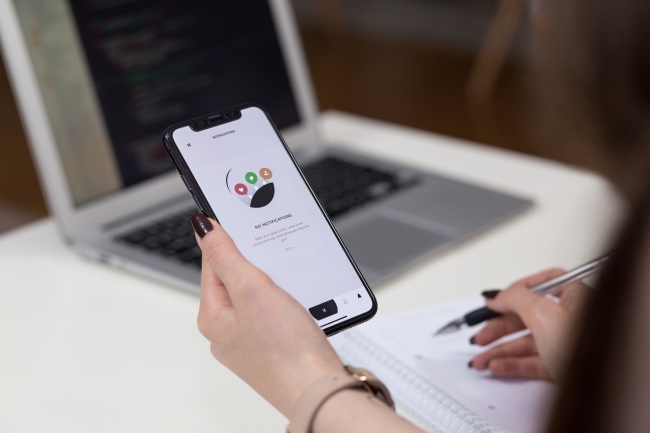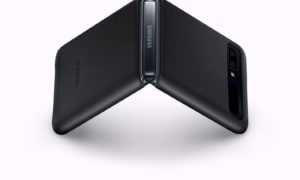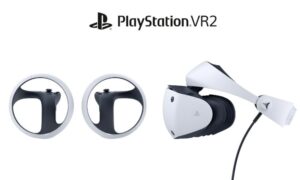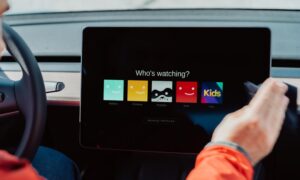Smartphones can now help in testing water for contaminants
Smartphones are set to receive a technological upgrade. Consumers have used home water testing kits for years to test everything from their swimming pool and tap water to the condition of the water at local fishing spots. Now, new technology from the University of Houston could make it possible for everyday citizens to test for harmful pathogens. This could not only keep families safe but entire communities.
Home Water Testing Kits Available Now
Currently, consumers can purchase many different types of home water test kits. They can test for certain characteristics such as water pH, hardness, or chlorine levels. Or, they can be source specific test kits made specifically for tap water, well water, or swimming pools.
Many of the comprehensive water testing kits available require the consumer to take samples and mail them into a professional lab. Once there, scientists will test for hundreds of different contaminants and characteristics and email the results back. This process takes about a week.
Some of the best kits will also include some instant tests individuals can perform themselves. Using a test strip or color-changing chemical, these tests give consumers feedback in minutes and test for things dangerous contaminants like E.coli, or things that are easy to rectify such as water pH.
There are some downsides to these water testing kits however. Turnaround time is perhaps the biggest disadvantage. In some cases, it can take up for two weeks for consumers to get the answers they seek. This could cause a lot of inconvenience in the meantime. This method of water testing can also get expensive. That’s what makes this new smartphone technology so attractive.
Smartphones and Water Quality Testing
New technology currently being developed and tested by the University of Houston now makes it possible for smartphone users to test for two specific pathogens. Called DotLens by researchers, this 3-D printed lens uses a light source to magnify cryptosporidium parvum and giardia lamblia pathogens using a technique called fluorescent microscopy. These pathogens are known to cause terrible intestinal infections that spread quickly to entire communities. To get started, smartphone users simply need a home test kit, light source, and a DotLens, which attaches to a smartphone’s camera lens.
This new technology is currently quite limited as it only tests for these two specific pathogens. However, it does open the door to future development. Someday, smartphone users may be able to use their phones to test for any number of dangerous contaminants, waterborne pathogens, and characteristics. But for the moment, it means entire communities can now check various water sources around the area and sound the alarm if they detect either of the two pathogens.
Home water testing kits can be a great help for anyone questioning the quality of a water source. And by bringing this ability to smartphones, the potential to prevent illnesses in the community and keep an eye on the environment could soon be in the hands of all the area’s residents. This could be particularly helpful in developing nations where access to testing laboratories is limited. It’s a small price to pay for community safety.
Photo Credit: Unsplash

























